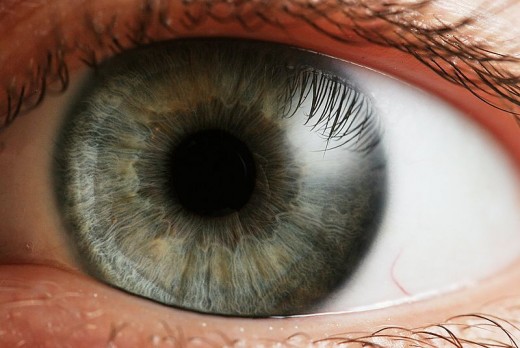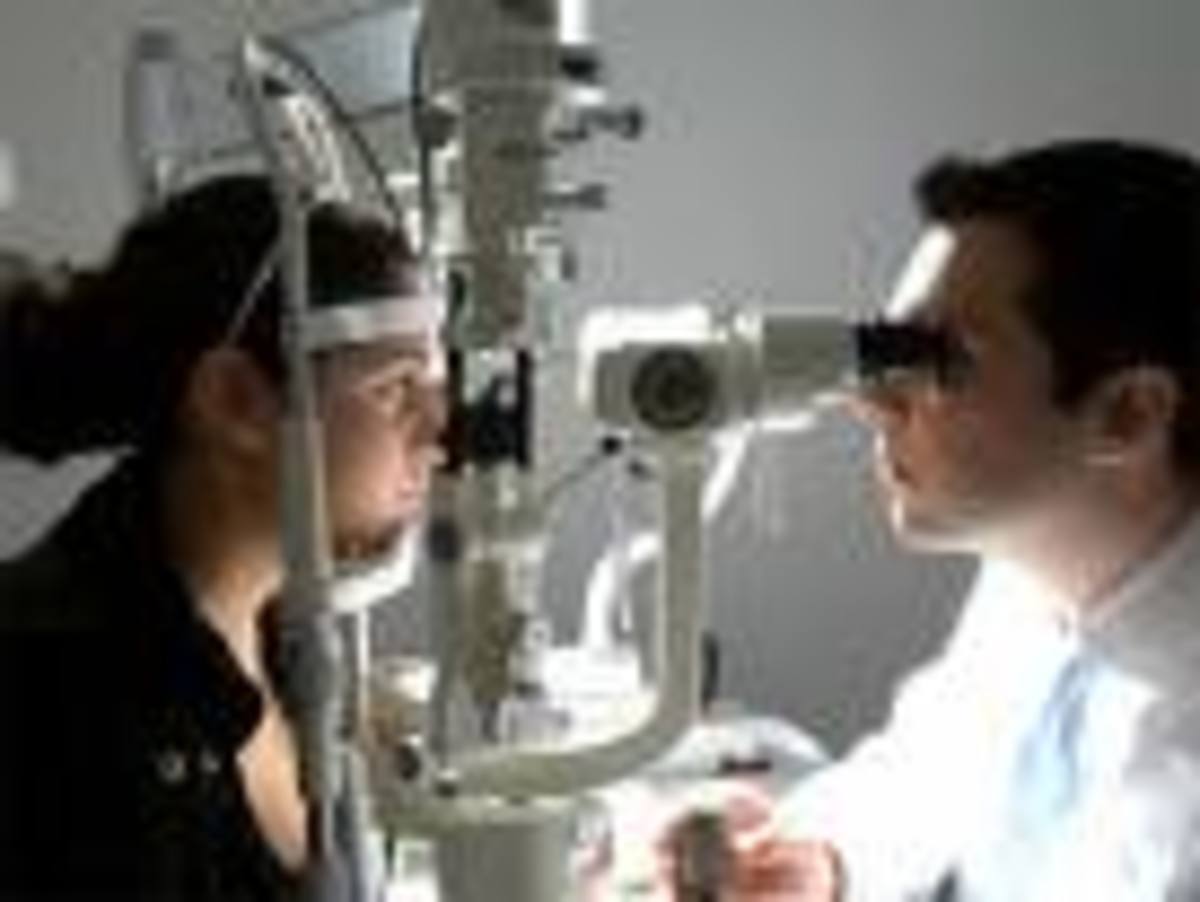Refractive Lens Exchange, a New Alternative to LASIK
As our population ages, so does its eyes. Many Baby Boomers can attest to the difficulties they have with presbyopia (which literally means “aging eyes”). They either wear readers when they read the newspaper or work on the computer, or they wear progressive eyeglasses all of the time. For individuals whose natural lenses have lost the ability and flexibility to read up close, they have a new choice to consider: refractive lens exchange (RLE).
Refractive lens exchange (also called clear lens exchange) is basically the same surgery as cataract surgery, but is done before a cataract exists or before the cataract becomes clinically significant. In an RLE procedure, your natural lens is removed and replaced by a multifocal or accommodating lens. Refractive lens exchange is performed to improve vision at all distances. Once the surgery is done, you will never get cataracts.
While cataract surgery is covered by Medicare and most private insurance policies, refractive lens exchange is not. Therefore, as elective surgery, it can cost up to $4000 per eye, depending on the type of lens that is implanted.

Comparison with LASIK Surgery
Some people are simply not good candidates for LASIK or PRK. The outcomes of LASIK are more uncertain for middle-aged people in the best of scenarios. There are people who cannot tolerate LASIK because they have a dry eye condition, thin corneas, or health issues. These individuals might consider refractive lens exchange.
In addition, LASIK outcomes are not good for life. The excellent vision you achieved by undergoing LASIK at age 32, for instance, will probably not last into your 60’s. With the RLE procedure, if the surgeon hits the refractive target, the resulting good visual acuity will most probably continue for the rest of your life.
Who Is a Good Candidate?
The ideal candidate for RLE surgery:
- Is over 45 with extreme farsightedness (3+ diopters or more). Such a person usually does not qualify for LASIK
- Has reasonably good health
- Has healthy corneas
- Has very high motivation to get rid of spectacles and cannot tolerate contact lenses (celebrities, TV personalities, actors; in fact, any profession where image is everything)
What About High Myopes?
There are people whose myopia (near-sightedness) is bad enough that LASIK is not a good choice for them. They can have the RLE surgery. But they must take into consideration that they are more at risk for retinal detachment with any kind of ophthalmic surgery they have. They may want to re-consider the surgery, especially if they wear contact lenses that give them good correction for their myopia.
What About Astigmatism?
If you have moderate to severe astigmatism, you should discuss with your surgeon how much correction can be achieved with the RLE surgery. As with cataract surgery, the surgeon can make a couple of tiny corneal incisions (called LRI, or limbal relaxing incisions) that may help correct much of the astigmatism. If the goal of eliminating astigmatism is not achieved, your other option is to have LASIK or PRK to fine-tune the results, but most people would not want to go that far, as that is another elective procedure.
There are also toric (astigmatic correcting) lens implants which will be a good choice for some.
Risks of RLE
RLE is more of an invasive surgery than is LASIK.
Therefore there are two risks:
- Infection
- Retinal Detachment (especially with a near-sighted patient)
Choosing a Surgeon
If you decide to have the refractive lens exchange, be sure to pick a surgeon who has extensive experience performing cataract surgery. It would also be to your benefit if he does lots of LASIK surgeries.
Choosing an IOL (Intraocular Lens Implant)
You have a number of choices for your lens implant. The Crystalens is the only choice for an accommodating IOL. It mimics the natural flexing your lens does as it flattens and curves to be able to see at near, intermediate, and far. You have a number of selections for multifocal lenses, among them the ReSTOR, the ReZoom, and the Tecnis. These multifocal lenses are passive: that is, they are implanted in the eye, but do not move like a Crystalens. Multifocals have concentric rings, each with a different focal power, which enables you to see at various distances. There are also astigmatic-correcting toric lens implants, like the AcrySof IQ Toric IOL.
Additional Considerations
The RLE surgery may be done with monovision as a goal (where one eye is corrected for distance and the other is corrected for near vision).
Like cataract surgery, RLE surgery is performed on one eye at a time. The surgeries are done at least two weeks apart. This allows for healing for the operated eye.
Disclaimer:
The information contained in this article is not meant to diagnose or treat any disease. If you have any of the symptoms mentioned, consult your personal physician.
- Cataract Surgery Cost - Dallas/Fort Worth
After doing quite a bit of web research, I've determined that the average cost of cataract surgery in the U.S. is between $3300 - $3500 per eye. But sometimes the cost can be considerably more. It depends... - Save Your Vision With the Amsler Grid
Look at the grid below. Cover your right eye. Stare hard at the spot in the middle of the grid. Ask yourself these questions: Can I see both the corners and sides of the square? Are any of the lines... - Vitrectomy: What To Expect with Macular Pucker Surg...
Some surgical procedures are still so new that it is difficult to find enough information on the Internet about them. Such is the case with the macular pucker peel procedure, which has been performed only...
RLE Surgery Using a Crystalens
Photo Credit
Photo of a blue eye from Petr Novak on Wikimedia Commons



